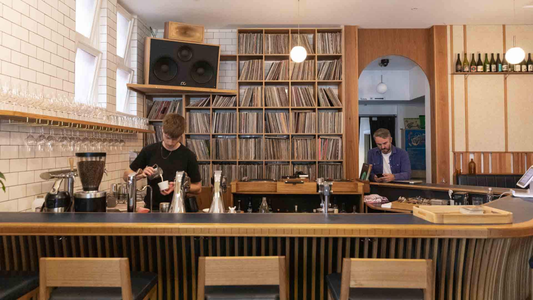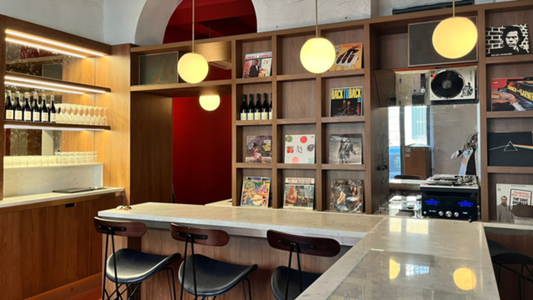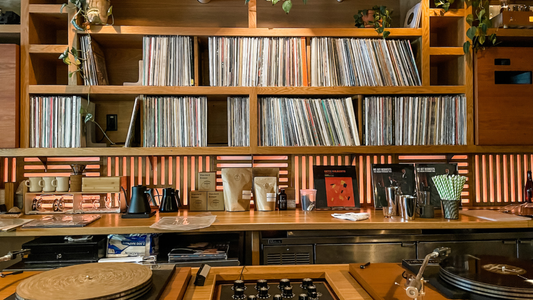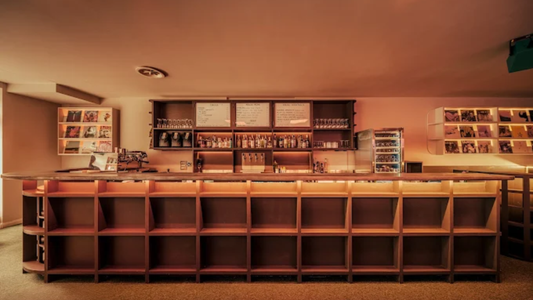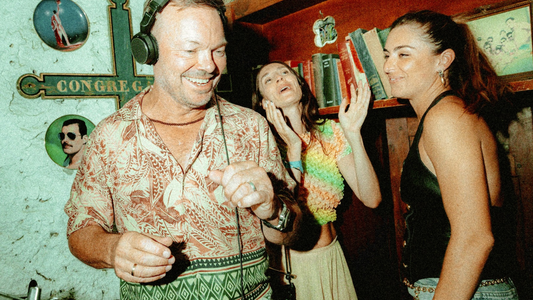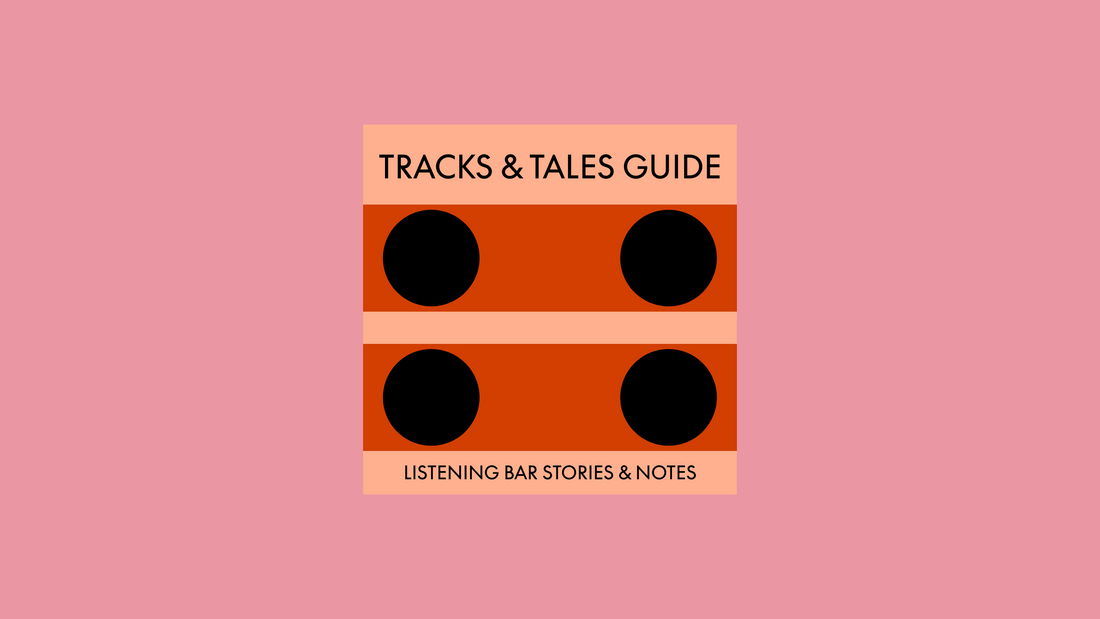
The Art of the Evening
Sequencing sound, light, and flavour like a tasting menu.
By Rafi Mercer
Every great evening has rhythm. It’s not just what plays — it’s when it plays, how the light shifts between tracks, how a drink tastes in the pause between records. The listening bar taught us this: that atmosphere isn’t static, it unfolds. The night is an arc, not a playlist.
How to compose the evening as art:
- Begin softly — low tempo, warm light, a first drink that steadies rather than sharpens.
- Build layers — increase contrast gradually; let curiosity replace volume.
- Create pivot moments — a change of tone, a new fragrance, the flicker of conversation.
- Allow silence — interludes hold weight; they cleanse the ear like palate cleansers.
- Close gently — end on calm, not climax; leave space for reflection.
In the best bars — Tokyo’s Eagle, London’s Brilliant Corners, Copenhagen’s Vinyl Room — the evening isn’t programmed, it’s conducted. A DJ or curator reads the room like a sommelier reading palate and mood. A record of modal jazz gives way to bossa nova, then something ambient, then silence and refill. The energy swells and recedes, but never breaks.
Lighting follows the same score. As the night deepens, colour temperature lowers, shadows stretch, reflections dull to velvet. The bar staff mirror it: slower pours, softer gestures. By midnight, everything moves in sync — sound, scent, movement, voice. The night itself listens.
At home, you can shape the same flow with smaller means. Begin with clarity: daylight jazz, fresh air, a citrus candle. As the evening settles, warm the light, pour a darker drink, lower the tempo. By night’s end, you’ve composed a gradient — of sound, taste, and air.
The art of the evening is emotional design. It’s about momentum without rush, indulgence without excess. Like a tasting menu, it guides rather than overwhelms, each sensory course leading naturally to the next.
Because what we remember isn’t a single record or drink — it’s the sequence, the sense that everything arrived exactly when it should.
Quick Questions
What makes a perfect listening evening?
Pacing — a balance between music, mood, and rest. Let the night breathe.
How do lighting and scent fit in?
They act as the visual and aromatic score, shifting tone in harmony with the sound.
Can this work at home?
Absolutely. Think of the evening as composition: beginning, middle, and return to quiet.
Rafi Mercer writes about the spaces where music matters.
For more stories from Tracks & Tales, subscribe, or click here to read more.
